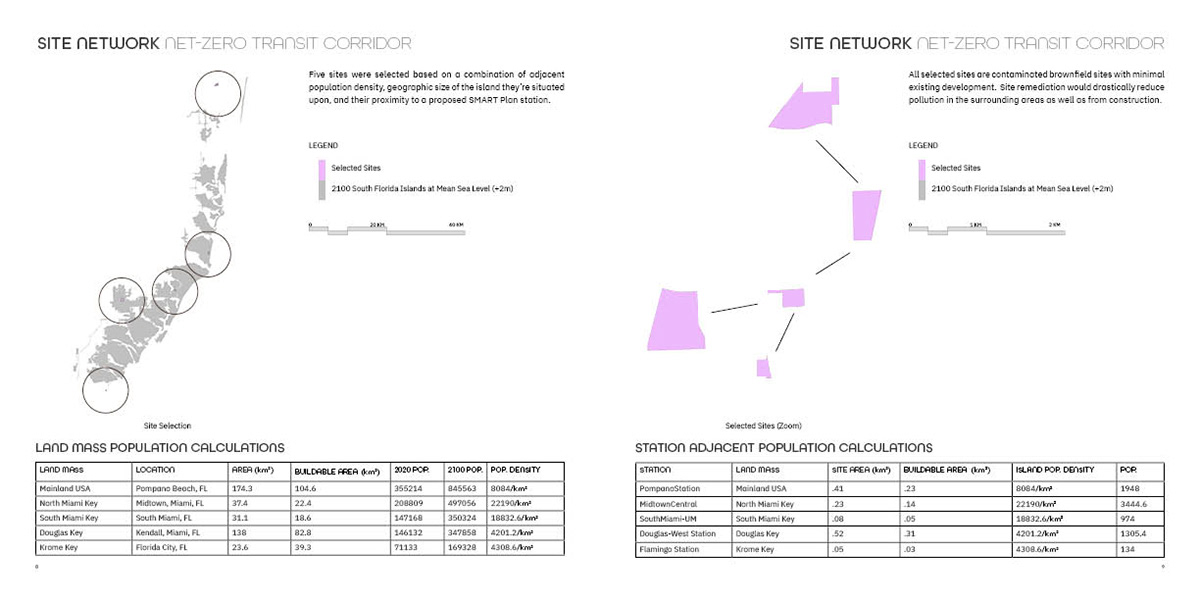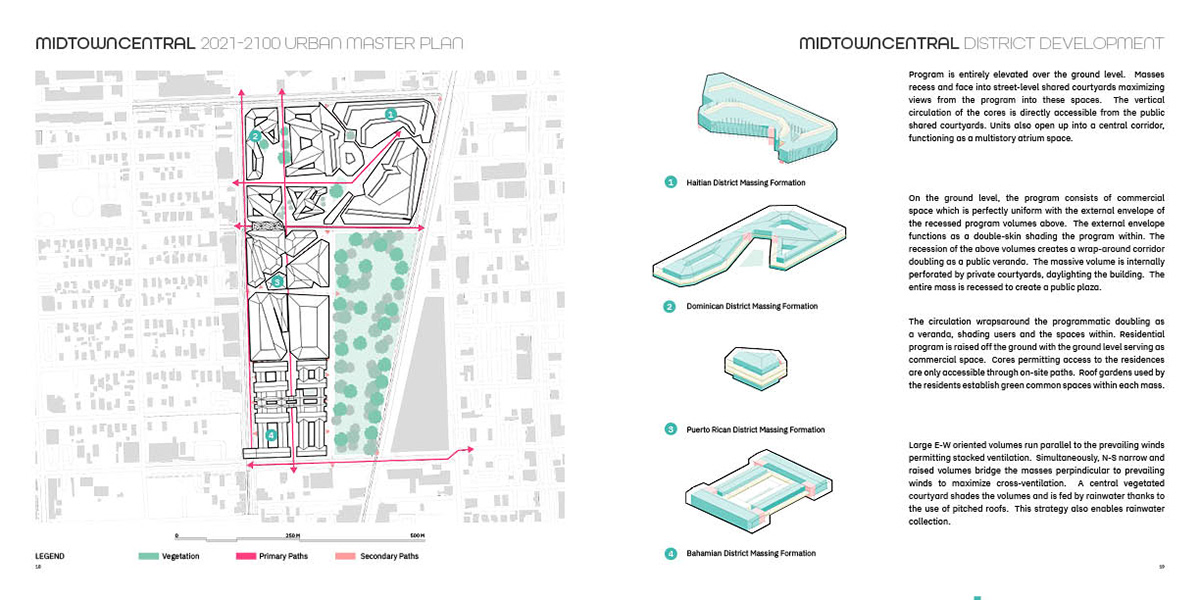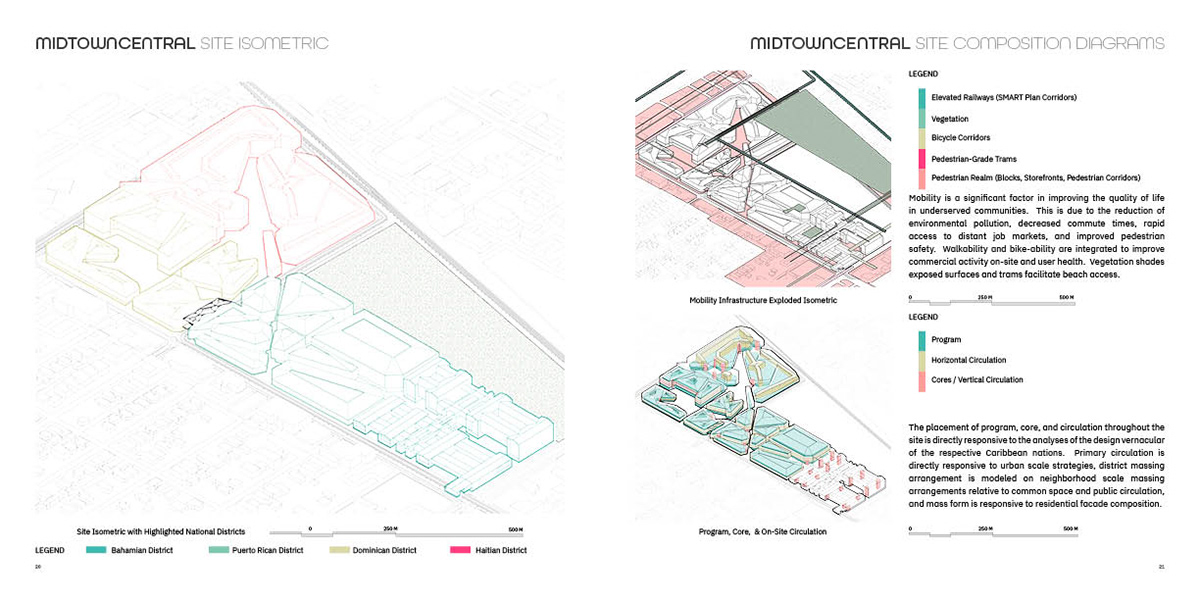Due to a history of segregation and redlining, the low-lying coastal communities are typical dominated by high-income white residents. As sea level rise encroaches, these high-income communities are being displaced and moving into the lower-income communities at higher elevations. This process has significantly increased property prices, displacing hundreds within the historically disenfranchised
neighborhoods in a process known as climate gentrification.
neighborhoods in a process known as climate gentrification.
By 2100, mean sea level will exceed 2 meters above present day levels. At the current rate, millions will be unable to stay within South Florida due to climate gentrification. In order to preserve the regional cultural identity and minimize displacement of all residents of Miami-Dade county, this proposal primarily tackles the issue at the source by addressing the housing supply being incapable of meeting demand -
thus drastically inflating property prices. Simultaneously, addressing the primary contributing factor to sea level rise, greenhouse gas emissions, is addressed through sustainable methods that also improve the overall quality of life of the residents.
thus drastically inflating property prices. Simultaneously, addressing the primary contributing factor to sea level rise, greenhouse gas emissions, is addressed through sustainable methods that also improve the overall quality of life of the residents.
Category
Academic
Location
Midtown, Miami, FL
Köppen-Geiger Climate Classification
Am Tropical Monsoon
WWF Ecoregion
South Florida Rocklands

Project Overview at 2100 MSL

Project Overview during 2100 Cat 5 Hurricane Storm Surge Event

NE 34th St & N Miami Ave Site Entrance at 2100 MSL
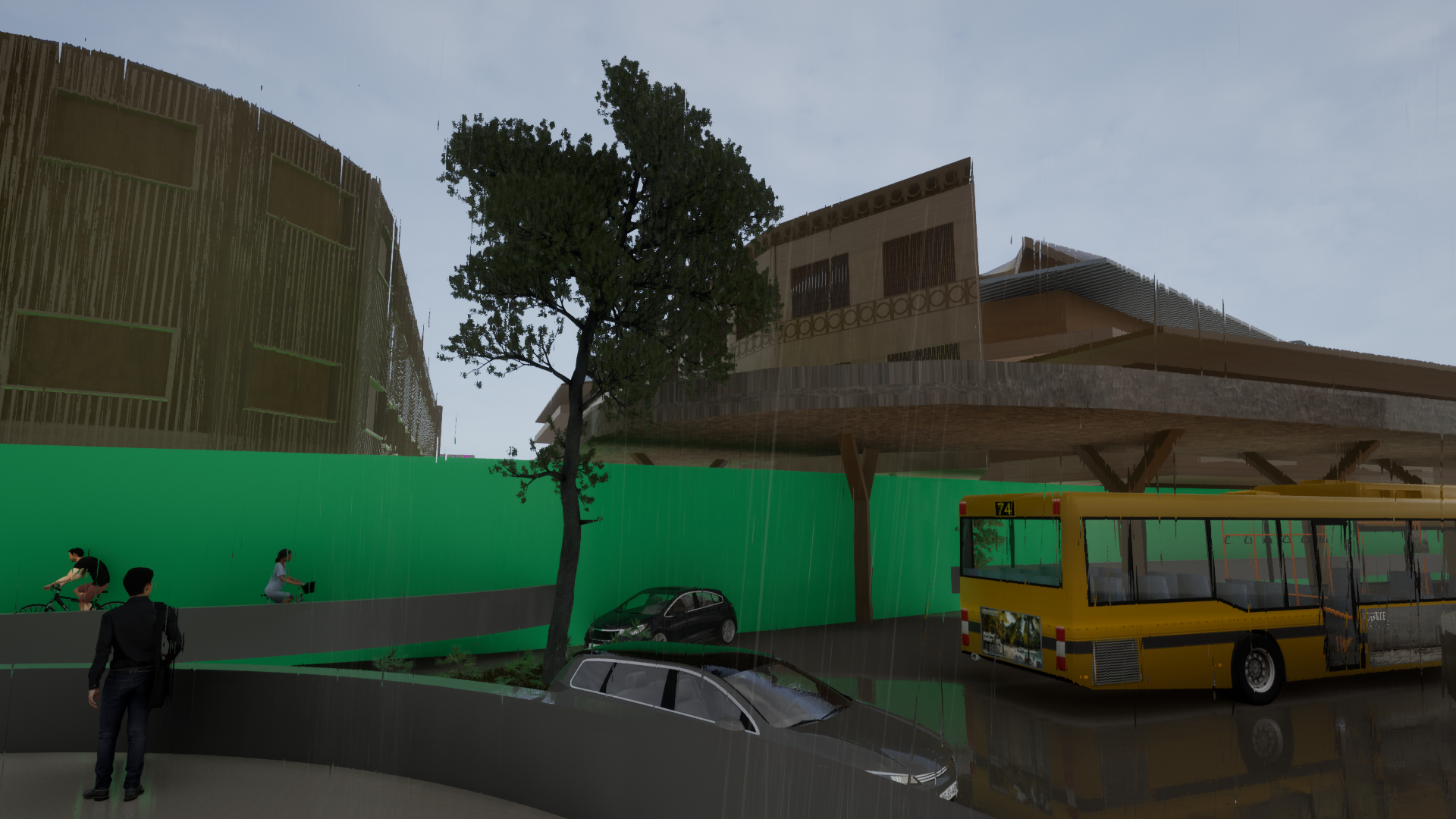
NE 34th St & N Miami Ave Site Entrance depicting water level during 2100 Cat 5 Hurricane Storm Surge Event

NE 34th St & N Miami Ave Site Station View at 2100 MSL
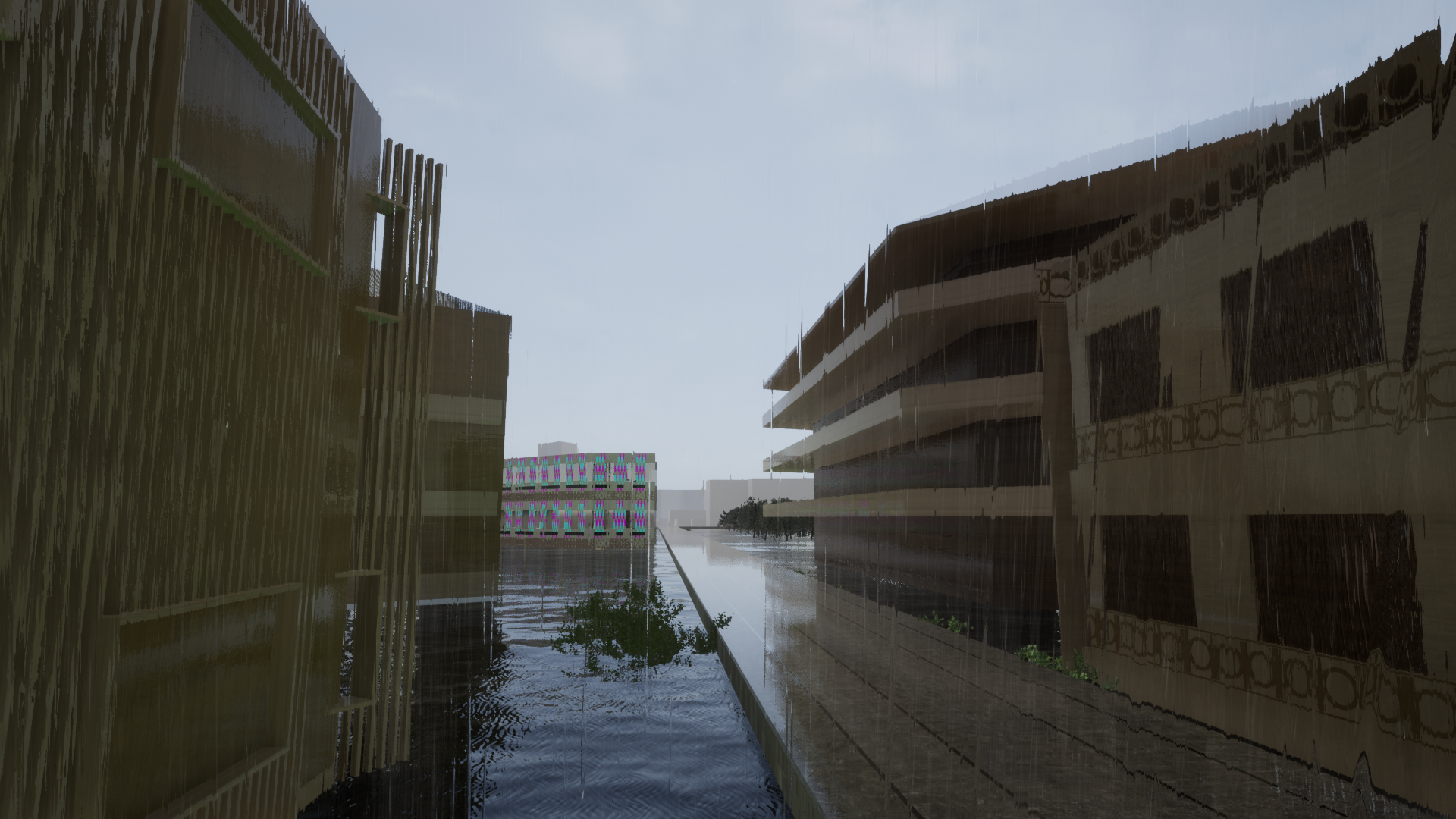
NE 34th St & N Miami Ave Site Station View during 2100 Cat 5 Hurricane Storm Surge Event

Bahamian Quarter at 2100 MSL

Bahamian Quarter during 2100 Cat 5 Hurricane Storm Surge Event

Haitian Quarter at 2100 MSL

Haitian Quarter during 2100 Cat 5 Hurricane Storm Surge Event

Bahamian Quarter at 2100 MSL

Haitian Quarter at 2100 MSL

Dominican Quarter at 2100 MSL

Puerto Rican Quarter at 2100 MSL

Nature Preserve at 2100 MSL

NE 34th Ave at 2100 MSL
Compiled Research and Design Booklet

